ZTE’s Axon line has always been flagship and remains so even after splitting into two very different devices. Usual ZTE Axon 30 received a fairly simple exterior, but takes interesting technological bells and whistles. In particular, an unusual hidden front camera, due to which real framelessness is ensured.
Specifications
- Screen: 6.92 inches, 20.5:9 aspect ratio, AMOLED, 2460×1080, 400 PPI, 120Hz.
- Operating system: MyOS 11 based on Android 11.
- Chipset: Qualcomm Snapdragon 870.
- CPU: Cortex-A77 (1×3.2GHz + 3×2.42GHz) + Cortex-A55 (4×1.8GHz).
- GPU: Adreno 650
- Memory: 8/128 GB or 12/256 GB (LPDDR5 + UFS 3.1).
- Main camera: 64 MP (Sony IMX682, 26 mm, f/1.8 aperture, phase detection autofocus) + 8 MP (14 mm wide, f/2.2 aperture) + 5 MP (macro, f/2.4 aperture) + 2 MP (sensor depth), LED flash.
- Front camera: hidden in the screen, 16 MP (f / 2.45, no autofocus, screen backlight).
- Battery: 4200 mAh, Qualcomm Quick Charge 4+ 65W.
- Dimensions: 170.2 × 77.8 × 7.8 mm, 189 grams.
- Slots: 2 nanoSIM + microSD memory card (combined tray).
- Connectivity: 5G, 4G, Bluetooth 5.1, dual-band Wi-Fi 802.11 b/g/n/ac/ax, GPS (A-GPS), GLONASS, Beidou, Galileo, NFC, USB OTG.
- Sensors: illumination, proximity, Hall, accelerometer, gyroscope, electronic compass.
Appearance
If in our time the term “phablet” was still relevant, the ZTE Axon 30 would be one of those. This is a very large smartphone with a screen of almost 7 inches. No, it’s still far from a small tablet – the case fits in one hand, but you have to constantly intercept it. The dimensions were kept within reasonable limits: the mass is 189 grams, and the thickness is 7.8 mm.
The interior of the smartphone is quite simple. Noble glass is only in the front, but otherwise glossy plastic is used. The mirror iridescent backdrop is additionally covered with a very delicate glossy varnish, which easily attracts dust and quickly becomes covered with small scratches.
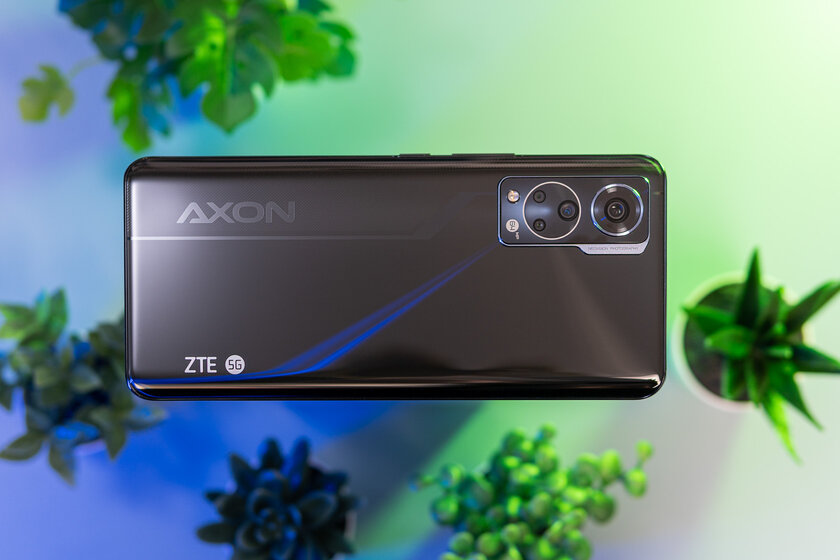
A neat appearance will help to protect a regular cover made of transparent plastic. It adds rigidity to the body and is guaranteed not to turn yellow over time.
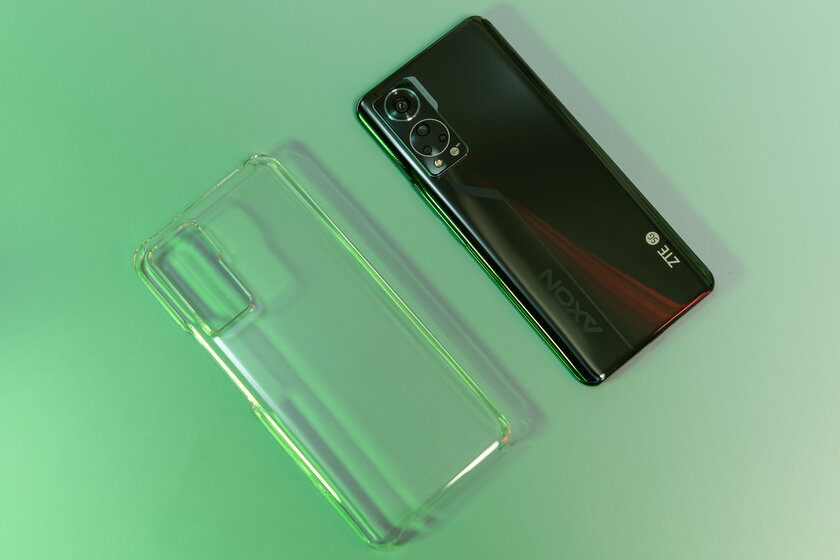
All transitions are smoothed, the lines are rounded – there is nothing for the finger to stumble on. The volume rocker and power button are located on the right under the thumb and are equally accessible when gripping with the right or left hand.
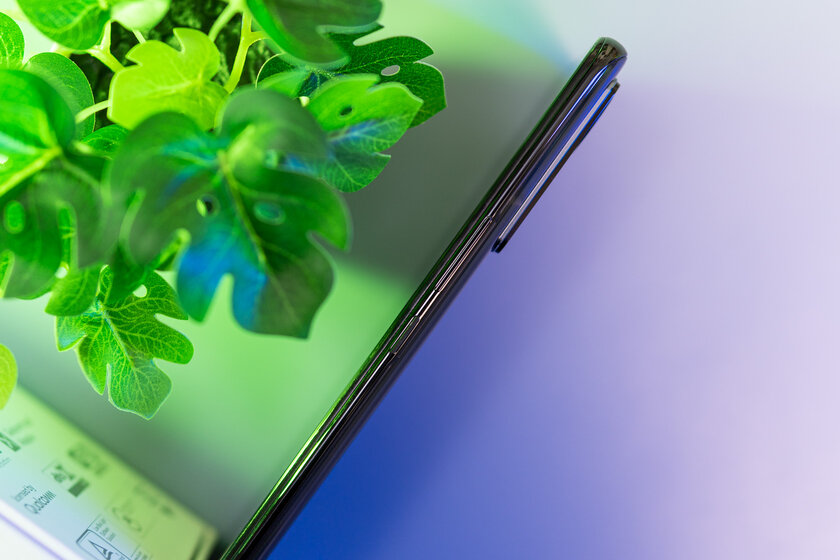
Display
The most eye-catching element is the 6.92-inch AMOLED, which is virtually bezel-less and has no camera cutout. The resolution of 2460×1080 gives a density of 400 PPI, the refresh rate is increased to 120 Hz, and the color reproduction is quite natural and without adjusting the settings. An impressive diagonal makes it possible to comfortably watch movies and other videos on YouTube.
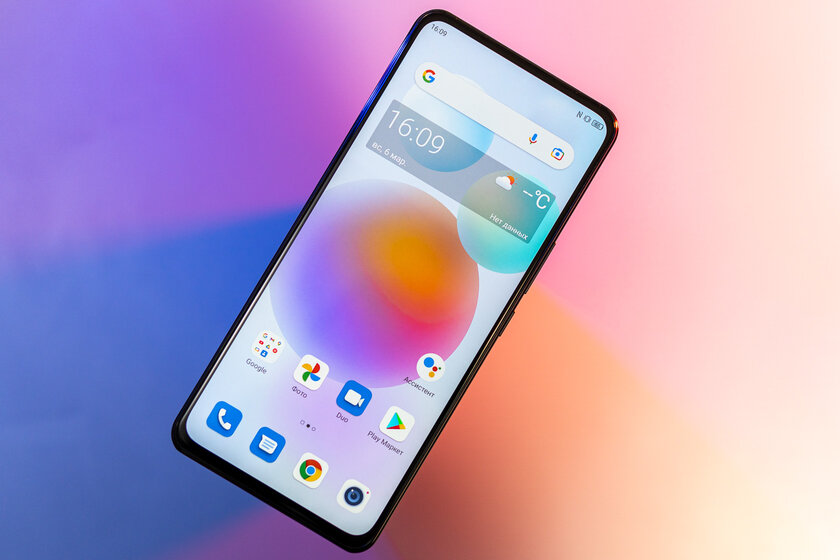
There is actually a front camera, but it is built directly into the screen – hidden under the matrix. In ordinary life, it is almost invisible, you can only see the outlines. But as soon as you get into the upper part of the bright light, the module will become visible in all its glory. Contrary to expectations, the eye does not cling to the camera, the screen is perceived as homogeneous.
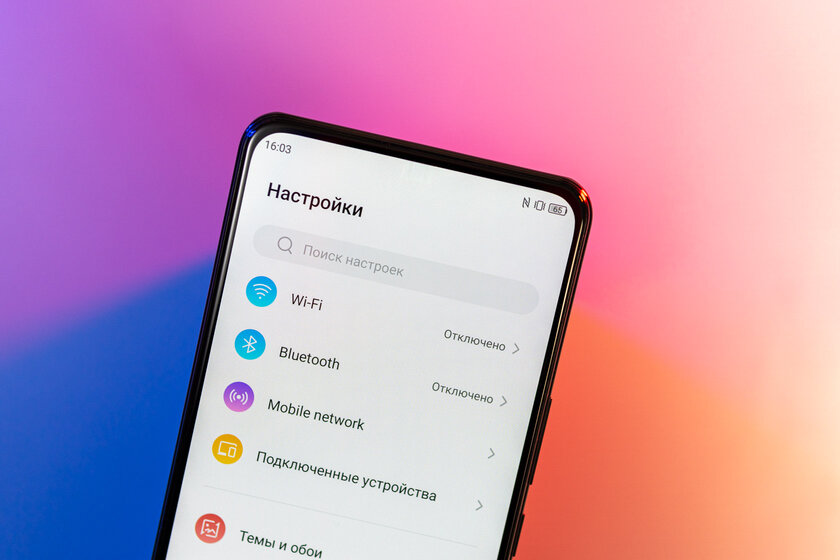
Despite the framelessness, the lower “black stripe” is still wider than the rest of the frame. The difference can hardly be called critical, but it should be noted.
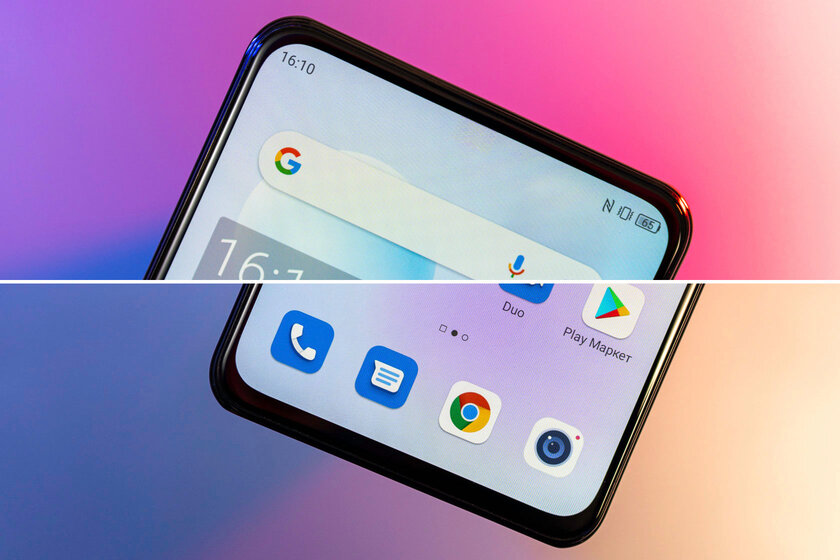
The Always-On screen displays the time, date and notification icons, you can choose a color or animated theme. At the bottom of the screen is a fast and reliable fingerprint scanner.

Camera
There are four modules in the intricate main camera unit: the main, wide-angle, macro and auxiliary depth sensor. The layout is familiar to the middle segment. The main bet is made on the main Sony IMX682 sensor at 64 megapixels with f / 1.8 optics without optical stabilization. Finding fault with photographs taken in good conditions is unlikely to come out. They are sharp and detailed, with moderate auto HDR. 2x zoom is achieved with a hybrid image crop from the 64-megapixel main sensor. Below are both regular and close-up shots mixed.
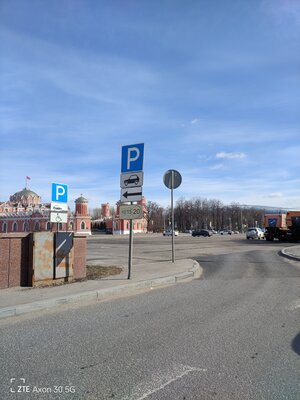
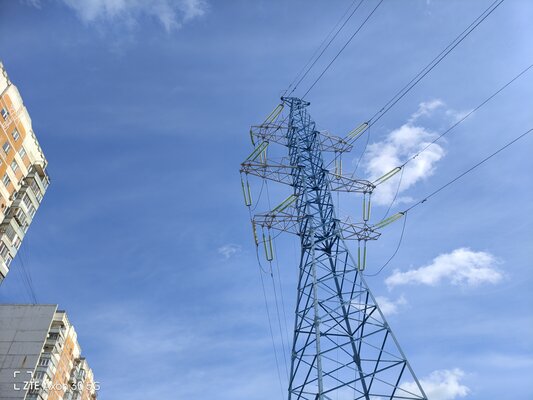


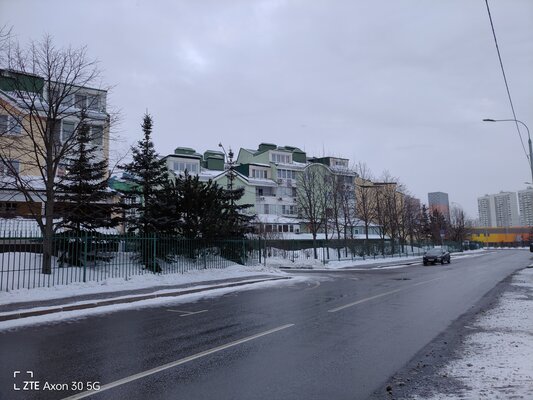
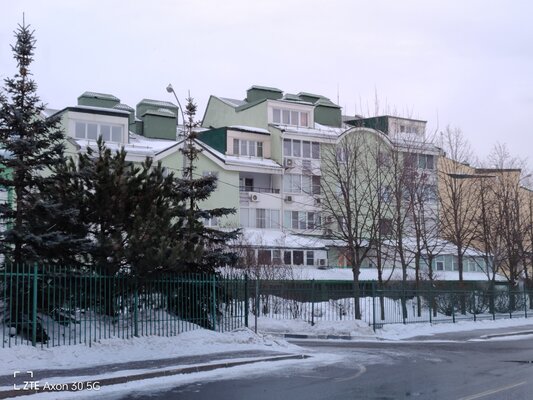
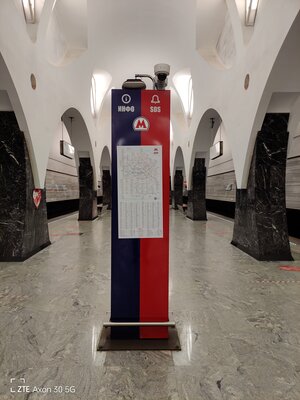
Evening shots look no less impressive. In very difficult conditions, detailing sags heavily, digital noises become distinguishable without zooming in. To brighten up night shots, a special mode will help, gluing together several shots with different exposures. Shooting takes about 2-5 seconds. The finished image looks sharper and brighter, digital noise becomes less – it will not be difficult to distinguish such frames from ordinary ones. Night mode is available for both modules.
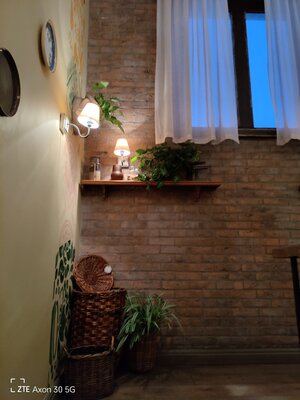
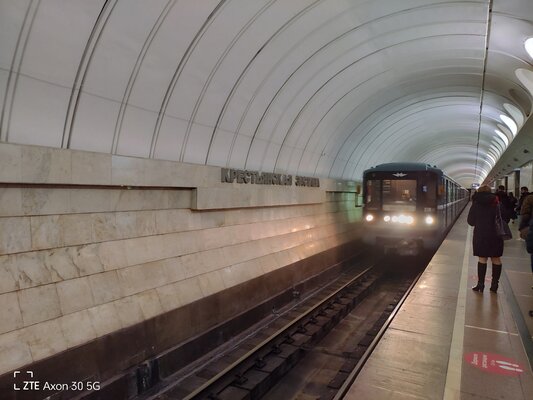
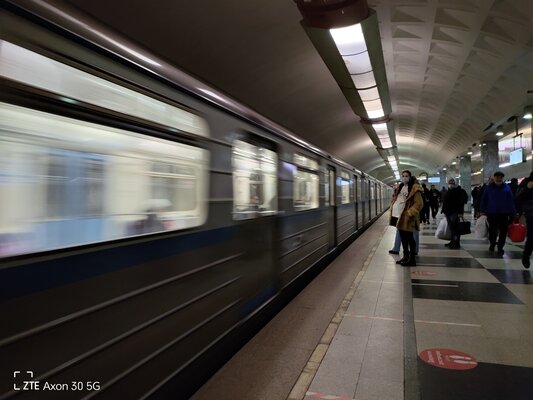
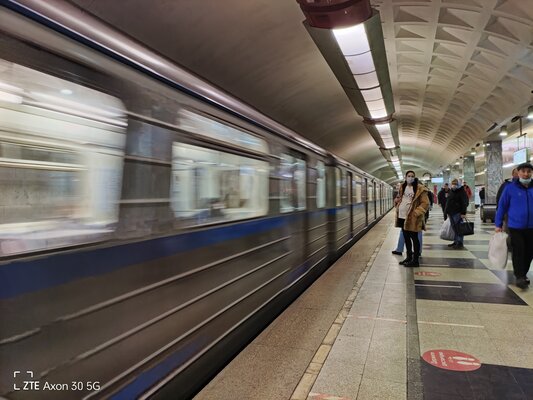
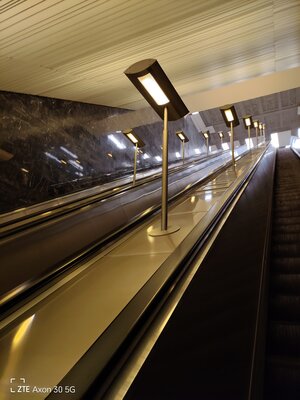
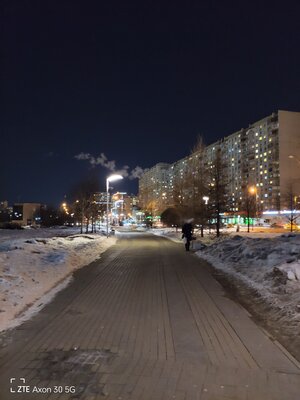
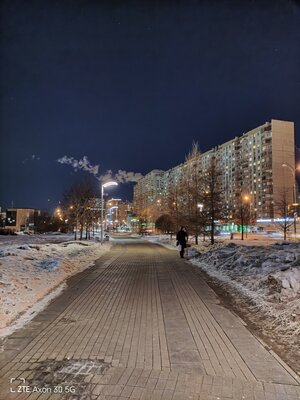
Entry-level wide-angle sensor, 8 megapixels without autofocus, but the image quality certainly does not disappoint. I will only swear at the floating white balance when shooting sequentially with different modules. But ZTE Axon 30 can simultaneously take pictures on both sensors in the “Multi-camera” mode.

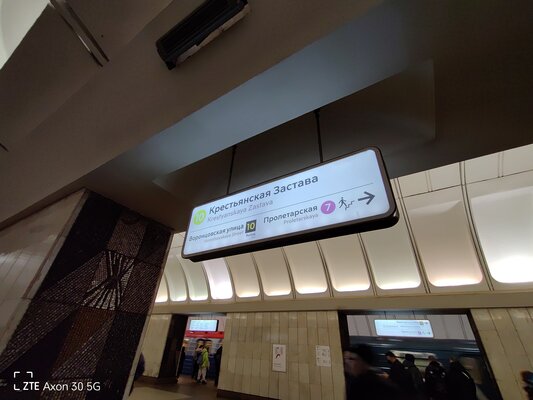
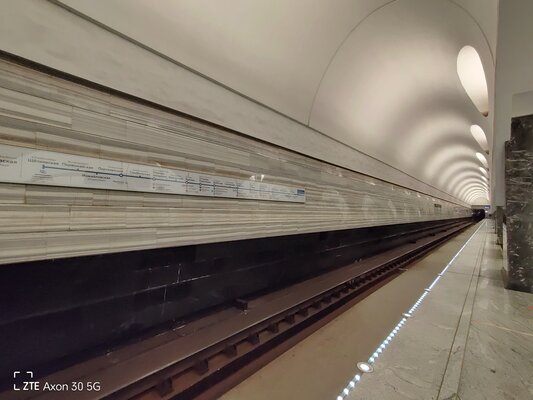
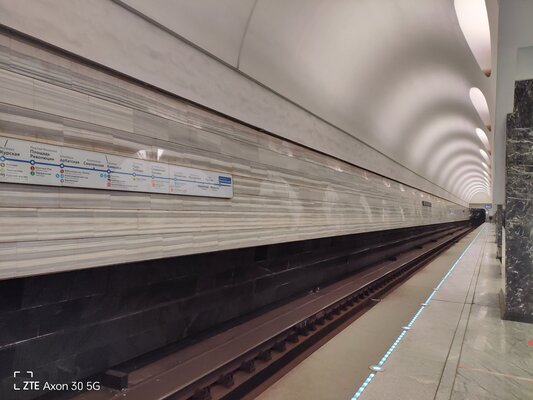

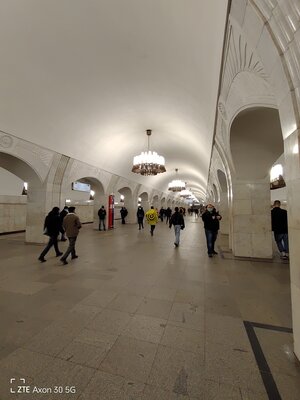
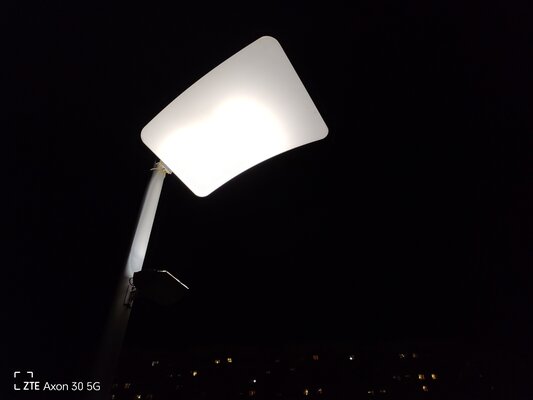
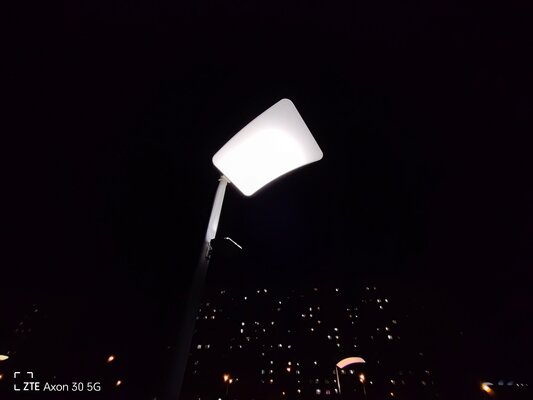
The maximum 20x zoom is just a crop from the main module, which does not differ in quality.

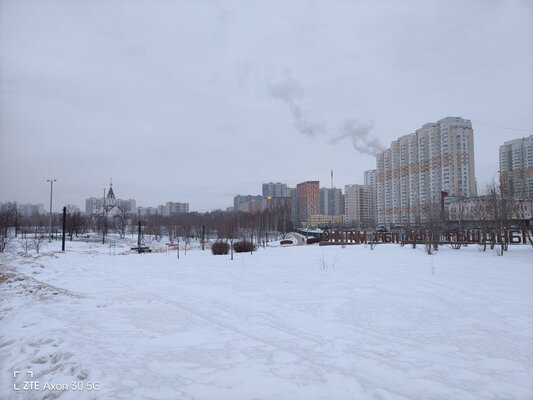
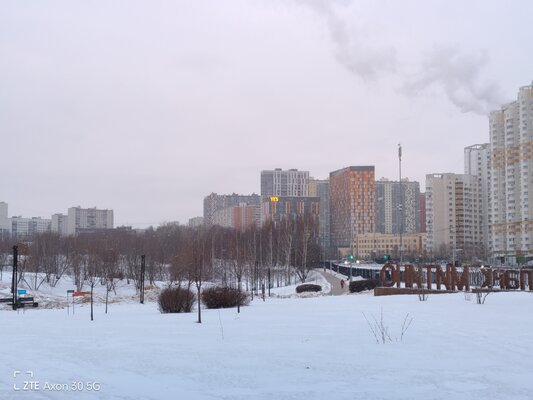

A separate macro sensor is not useless, thanks to the ample resolution of 5MP. The focus is fixed at a distance of 3 centimeters.

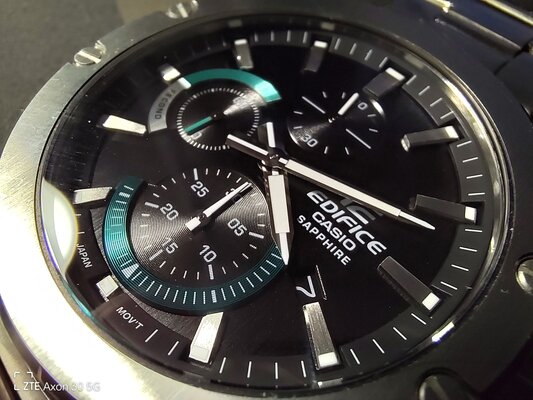
The unusual location of the front camera affects the quality of the pictures, as the light makes an impressive path before hitting the matrix. On the finished frames, there is a feeling of a certain haze, as if the lens is always very dirty. There are also problems with dynamic coverage, which the software tries to brighten up with unswitchable HDR. The portrait mode works well: it blurs the background inaccurately, adds unnecessary darkening in the eye area and limits the image resolution to 5 megapixels.




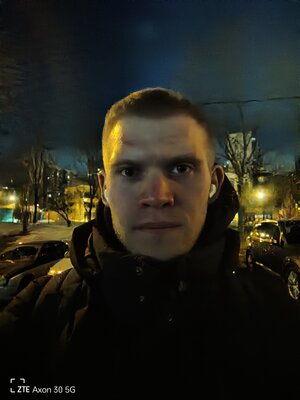

Software and hardware
The MyOS shell based on Android 11 is not far from a clean system. However, I got a slightly more successful launcher with a Google feed on the left, a nice notification bar and many small additional functions. I liked the final result, the system looks neat, does not require getting used to and works very fast. Minimum pre-installed applications: the entire Google package, several useful ZTE applications, Facebook and WPS Office. There is no Russian package on the tested smartphone.
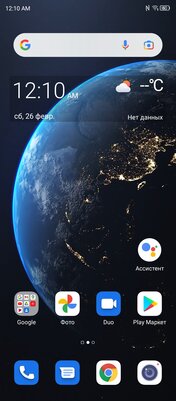
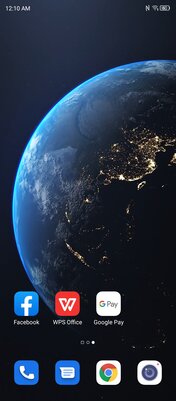
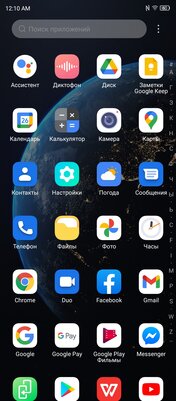
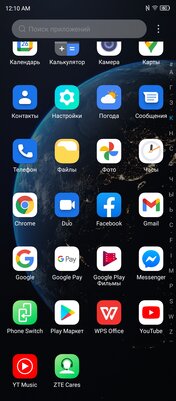
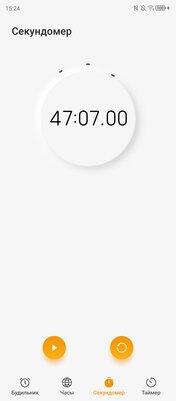
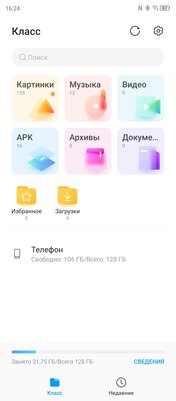

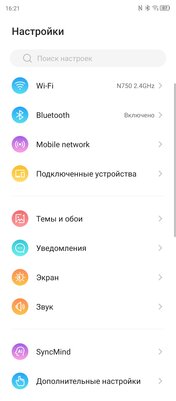
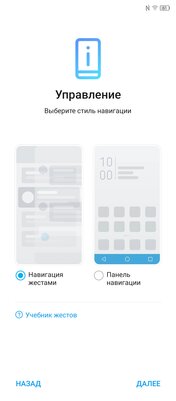
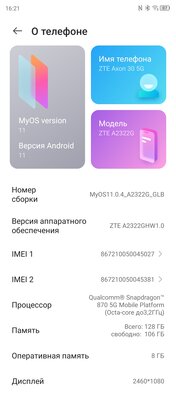
A serious miscalculation of ZTE was a weak Russification. This is not about individual spaces, but about entire menus brought by the company. A person without knowledge of English can be confused. The older ZTE Axon 30 Ultra has exactly the same problem – smartphones are unified in terms of software.
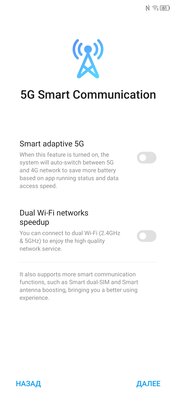
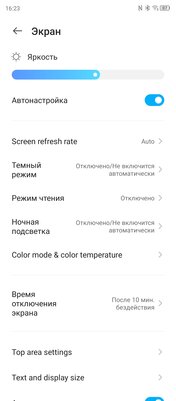
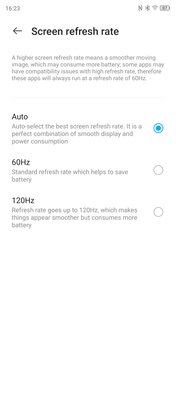
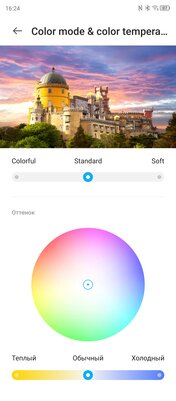
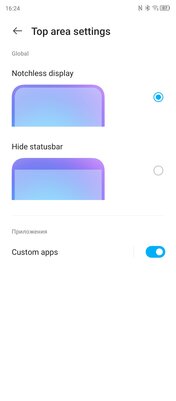
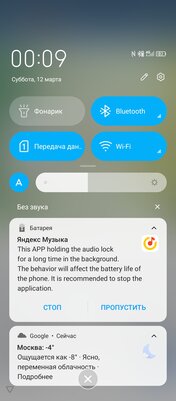
Snapdragon 870 is installed inside. Unlike 888, it is a further development of the established Snapdragon 865+ architecture with an increased frequency of one of the cores of the productive cluster to 3.2 GHz. The graphics core remains the same – Adreno 650. It is enough for everyday tasks and all AAA projects with a margin for a couple of years ahead.
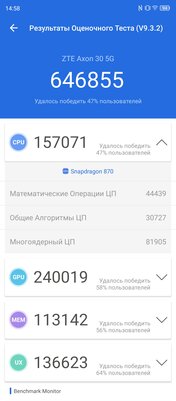
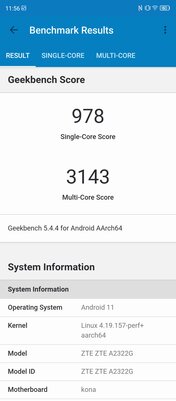
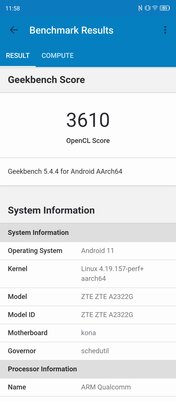
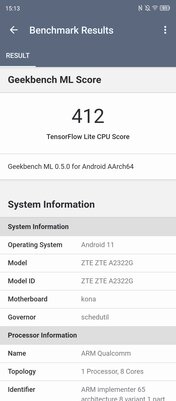
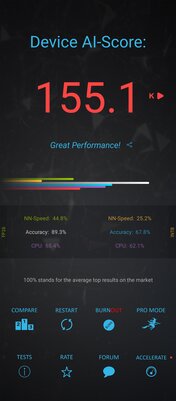
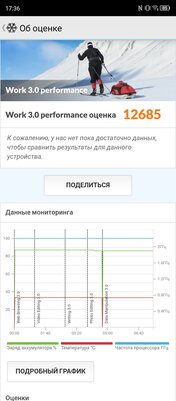
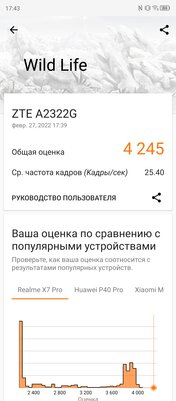
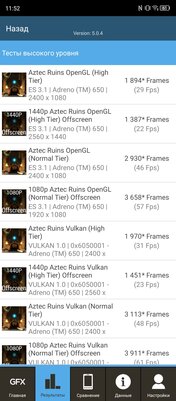
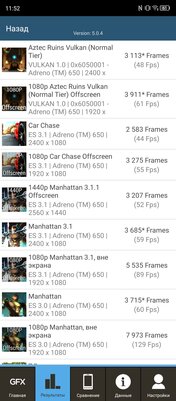
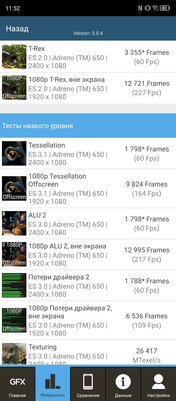
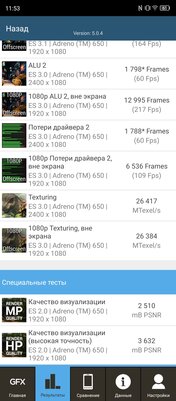

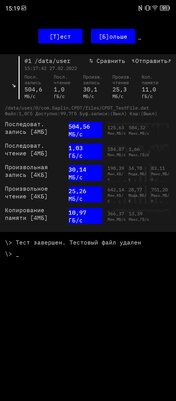
No problems with case heating and performance degradation under load. As a result of an hour-long test in the CPU Throttling Test, the performance dropped to only 79% of the nominal value. A passive cooling system with a copper evaporator tube helps to cope with the load of ZTE Axon 30.
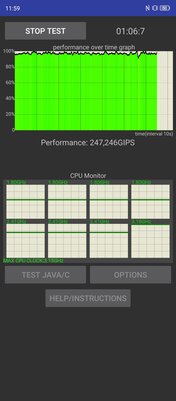
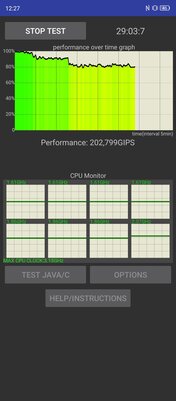
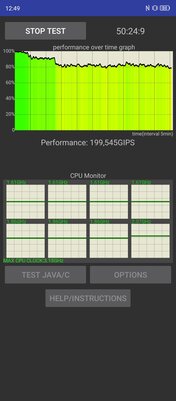
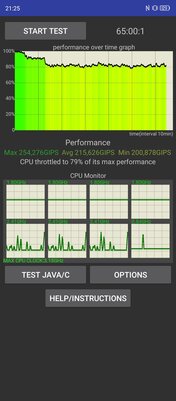
Below is USB-C, for connecting 3.5 mm headphones, there is an adapter in the kit. The sound and vibration are disappointing. The only speaker is located at the bottom next to the USB-C and does not play very loud without embellishment. Vibration is noticeable, but noisy.
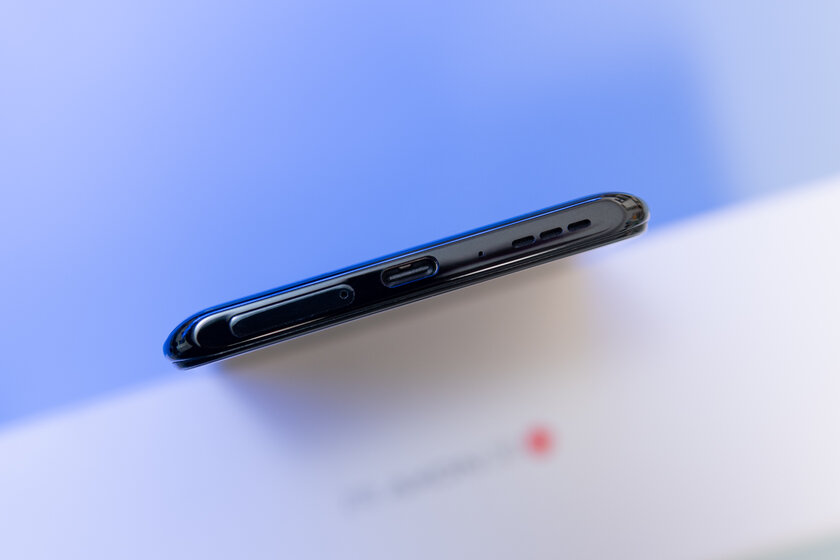
The device supports 5G, all the necessary 4G bands, Wi-Fi 6, Bluetooth 5.1 and NFC. You can replace Google Pay with Mir Pay with support for Mir cards. The combined tray allows the simultaneous installation of two nanoSIMs or one nanoSIM and a microSD memory card.
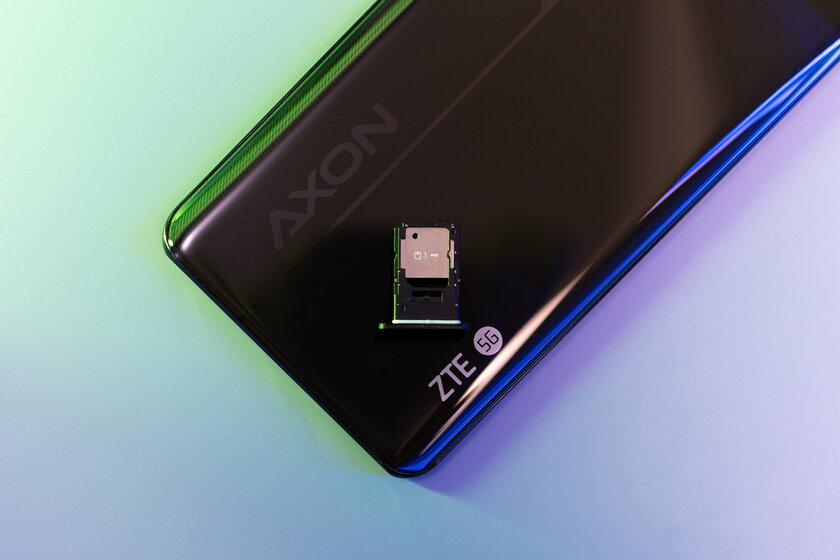
When you remove the tray, a prompt will appear on the screen to let you insert a microSD memory card. Like many ZTE innovations, it was left without translation into Russian.
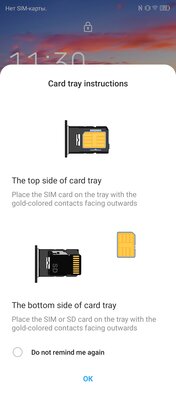
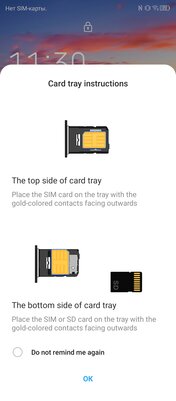
Autonomy and charging
The 4200 mAh battery can be considered modest, given the huge diagonal of the ZTE Axon 30. The result in the Treshbox test is expectedly not a record, but worthy for a flagship – a little more than 14 hours. Discharging dynamics is linear without drawdowns up to the very last percent.
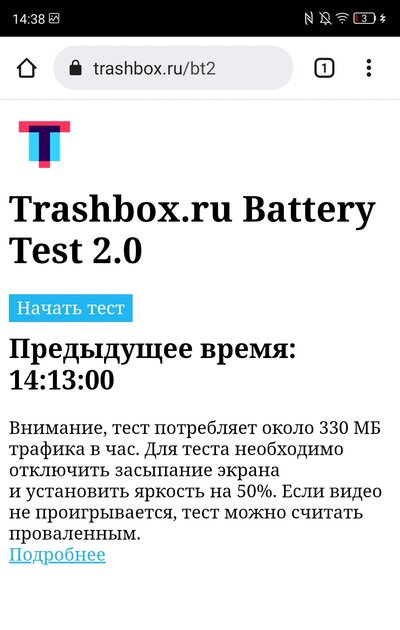
Trashbox.ru battery test results:
27:47
26:19
24:54
23:29
23:10
19:30
19:10
19:07
17:07
15:25
14:18
14:13
13:45
13:03
13:00
11:31
11:28
11:21
10:27
10:18
9:32
All battery test results and test methodology description
In real life, the autonomy of the ZTE Axon 30 is approximately equal to its Ultra version. One or a day and a half of hard enough work with 5-5.5 hours of active screen, Always-On enabled and with predominant use of mobile Internet. You can fully rely on the device!
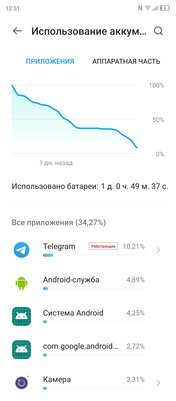
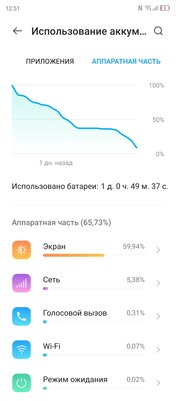
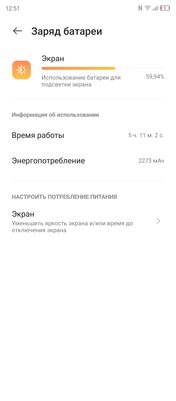
Qualcomm Quick Charge 4+ 65W fast charging fully charges the battery in 40 minutes. The standard adapter is equipped with USB-C and is fully compatible with Power Delivery and Quick Charge of previous versions, which have a full-sized USB.
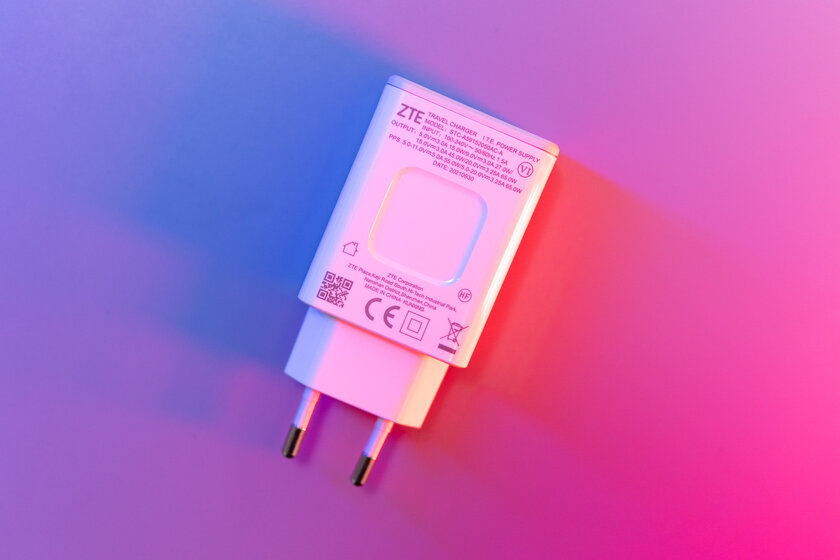
Review after two weeks of use
If you need a phablet with a screen of more than 6.9 inches, the ZTE Axon 30 simply has no competitors with comparable hardware. Let me remind you that there is high-quality hardware, an excellent screen, good cameras and a very fast charger. In fact, this is a comfortable smartphone for every day for those who are willing to put up with poor Russification of the interface. You will also need to overcome the first impression of a scratchy plastic case, poor vibration and a single speaker.
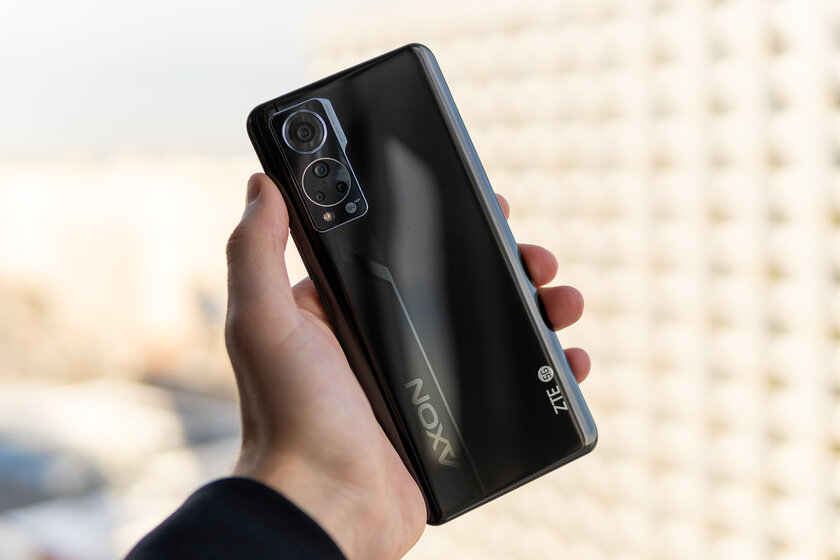
The hidden front camera is a big compromise. On the one hand, it is really hidden behind the matrix and knows how to take pictures. But on the other hand, the masking completely disappears when light hits the screen, and the quality of the pictures leaves much to be desired. However, the technology has the potential to receive fixes to become ubiquitous. As it was, for example, with under-display fingerprint scanners. And ZTE are inscribed in this history as pioneers!
Pros:
- screen with thin bezels and no cutouts for the camera;
- the front camera is neatly hidden under the matrix;
- rare for today’s phablet format;
- successful Snapdragon 870;
- efficient evaporative cooling system;
- good autonomy and very fast charging;
- rich equipment with a case and an adapter for 3.5 mm.
Minuses:
- problems with Russification of the interface;
- weak front camera.
May not like:
- the front camera module is still visible in the light;
- The plastic on the back cover scratches quickly.
Source: Trash Box
Donald-43Westbrook, a distinguished contributor at worldstockmarket, is celebrated for his exceptional prowess in article writing. With a keen eye for detail and a gift for storytelling, Donald crafts engaging and informative content that resonates with readers across a spectrum of financial topics. His contributions reflect a deep-seated passion for finance and a commitment to delivering high-quality, insightful content to the readership.







